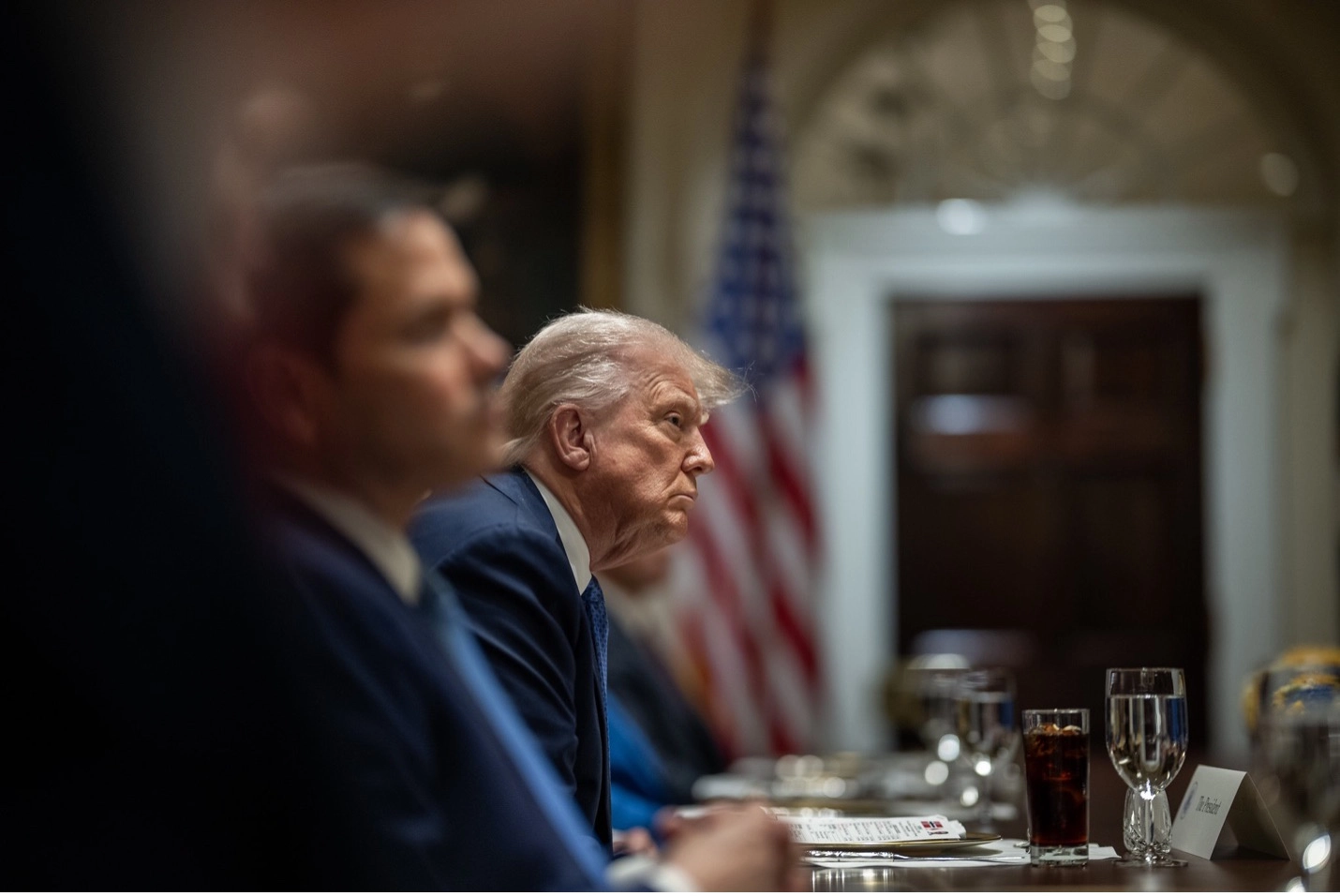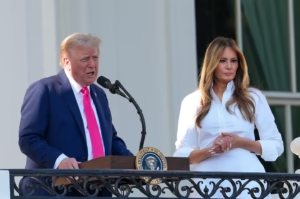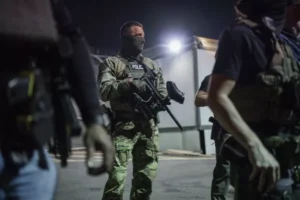Ukrainian President Volodymyr Zelenskyy’s recent visit to Berlin marks a pivotal moment in the ongoing Ukraine-Russia conflict. Germany’s decision to remove range restrictions on weapons supplied to Kyiv signifies a significant shift in Western support, potentially altering the dynamics of the war.
Germany’s Strategic Shift: Unleashing Full Military Support
During his meeting with German Chancellor Friedrich Merz, President Zelenskyy secured a commitment that Germany would no longer impose range limitations on the weapons it provides to Ukraine. This policy change allows Ukrainian forces to target military objectives within Russian territory, a move previously restricted. Chancellor Merz emphasized Ukraine’s right to defend itself and to use supplied weapons against legitimate military targets, including those inside Russia.
This decision has sparked internal debate within Germany. Members of the Social Democratic Party (SPD) and The Left have criticized the move, expressing concerns about escalating the conflict and the potential for broader war. Despite this, Merz defended the policy shift, citing the lack of successful diplomatic initiatives and Russia’s continued aggression as justification for stronger military support to Ukraine.
Escalation on the Frontlines: Intensified Military Actions
The policy change comes amid a significant escalation in military activities. Russia has launched its largest drone assault since the war began, deploying 355 drones in a single night across multiple Ukrainian regions, including attacks on Kyiv and Kharkiv. Ukraine’s air defenses managed to intercept many of these drones, but the scale of the assault indicates a new level of intensity in Russia’s military strategy.
In response, Ukraine has intensified its own military operations, including a large-scale drone attack targeting six Russian regions, which disrupted flights in Moscow. These actions reflect a tit-for-tat escalation, with both sides increasing the scope and scale of their military engagements.
Diplomatic Efforts and International Reactions
Amid the escalating conflict, diplomatic efforts continue. U.S. President Donald Trump has criticized Russian President Vladimir Putin for refusing to engage in meaningful ceasefire talks, warning that Putin is “playing with fire.” Despite previous communications suggesting a willingness to discuss peace, the Kremlin has not committed to a ceasefire timeline, raising concerns among Ukraine and Western allies.
Retired Gen. Keith Kellogg, the U.S. special envoy for Ukraine, described the ongoing conflict as “industrial-strength killing,” with casualty figures exceeding 1.2 million. He emphasized that negotiations are the only viable resolution and stressed the need for sustained pressure on Russia to compel meaningful engagement in peace talks.
The Humanitarian Impact: Energy Crisis and Civilian Struggles
The intensified conflict has exacerbated Ukraine’s energy crisis. Russian attacks have damaged approximately 65% of Ukraine’s energy production capacity, leading to widespread power outages and rolling blackouts. Urban centers, home to about 70% of Ukraine’s population, are particularly vulnerable, with disruptions affecting heating, water supply, and essential services.
The financial toll is staggering, with damage to the electric power sector alone exceeding $11.4 billion by mid-2024. Restoration costs are estimated to approach $30 billion, posing significant challenges for Ukraine’s recovery and resilience amid ongoing hostilities.
Conclusion: A Turning Point in the Ukraine-Russia Conflict
President Zelenskyy’s successful appeal for unrestricted military support from Germany represents a significant development in Ukraine’s defense strategy. As the conflict escalates, the international community faces mounting pressure to balance military assistance with diplomatic efforts to achieve a sustainable resolution. The humanitarian crisis underscores the urgent need for comprehensive strategies addressing both immediate security concerns and long-term recovery.
Subscribe to trusted news sites like USnewsSphere.com for continuous updates.
[USnewsSphere.com / apn.]





